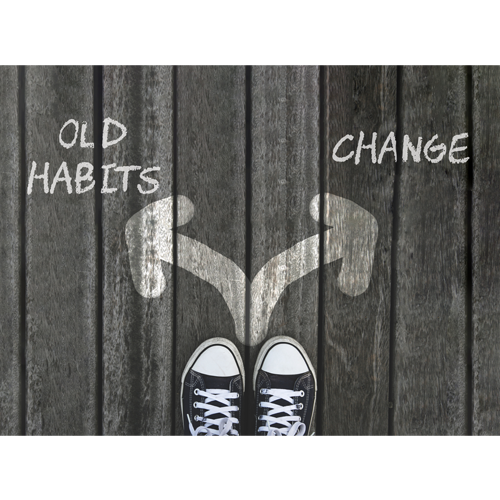Carbon Footprint: what it is and how to reduce it

With increased public discussion of climate change, the topic of “carbon footprint” frequently comes up. An individual’s or entity’s carbon footprint is the total amount of greenhouse gases linked directly and indirectly to that individual’s or entity’s lifestyle or activities. Though this definition of carbon footprint is simple enough to understand, calculating one’s precise carbon footprint can be challenging and complex.
What does “carbon footprint” mean? Why does it matter?
The World Health Organization (WHO) gives its own official definition of carbon footprint that makes the nuances, if not the logistics, of calculation clearer. According to the WHO’s definition, carbon footprint is “a measure of the impact your activities have on the amount of carbon dioxide (CO2) produced through the burning of fossil fuels and is expressed as a weight of CO2 emissions produced in tonnes.” Typically, carbon footprints are measured over the period of one calendar year.
Being mindful of your carbon footprint is a good (if imperfect) way to do your part in the fight against climate change. Additionally, expecting transparency about carbon footprints helps hold the companies, manufacturers, politicians, and policymakers that you rely on to a higher standard.
What is my carbon footprint and why should I care?
Determining your carbon footprint is not an exact science, and the number you come up with likely won’t be perfectly accurate. Many carbon footprint calculators, like this one from the US nonprofit Nature Conservancy, can give an idea of where you stand. But because these calculators used standardized measurements, the numbers you’ll see are estimates. Without detailed data on the complex interplay of all contributing factors, 100 percent accuracy is impossible.
For example, eating red meat is one of the more carbon-polluting practices that many individuals share. But the carbon footprint calculators won’t account for some contextual factors, such as where your meat is sourced (buying locally means cutting down on the carbon emissions associated with transportation and shipping) or how the cows were fed (producing meat always requires substantial resources, but some approaches, such as grass-fed beef, are widely considered better for the environment).
Even with over-simplified numbers, taking the time to examine your habits will create better self-awareness around your role in the climate crisis. Collectively, more self-awareness about carbon footprints is needed for the planet to heal. Indeed, according to the Nature Conservancy, the average individual footprint in the United States, one of the world’s highest rates, is 16 US tons (about 14.5 metric tonnes). Globally, the average is closer to 4 tons (about 3.5 metric tonnes).
How to reduce your carbon footprint
There are many ways to take action to improve your carbon footprint. Choosing to walk, cycle, or use public transport (particularly trains) can help reduce pollution and emissions brought on by automobiles. If riding in a car is a must, opt for ride-sharing or carpooling when possible. Air travel is an even worse offender than car travel; if flying is unavoidable, make a commitment to offsetting your emissions in other ways.
You might accomplish this through modifying your diet. Reducing consumption of animal products, particularly red meat, will make the biggest impact. But eating locally sourced and seasonal ingredients is also a sustainable practice, as the foodstuffs have less distance to travel. Generally, these foods will also be less processed. It’s also wise to compost or recycle your organic waste from such foods, rather than letting them decompose in landfills, which ultimately produces methane emissions.
Energy is another area where small shifts can make a difference. Opting for fans rather than air conditioning is one example. Keeping your household’s temperature at just 1 degree Celsius less has been shown to reduce both your emissions and your energy bill by 5 to 10 percent.
Turn off lights when they aren’t strictly necessary, and use more sustainable lighting solutions, like LED systems. One larger change you can make is switching to energy providers that rely on renewables like solar or wind power rather than natural gas, coal, and oil.
Being a sustainable shopper is also an important part of reducing your carbon footprint. Though many brands take pains to make their production processes more eco-friendly, ultimately, buying less overall and focusing on products that will last is the best remedy. Shopping locally or secondhand rather than at inexpensive retailers producing plastic-heavy garments with untraceable supply chains and high-emission shipping practices is a good habit to adopt.
Taking control of your carbon footprint and offsetting your less sustainable practices with more mindful ones will help ensure you do your part in combating climate change.






